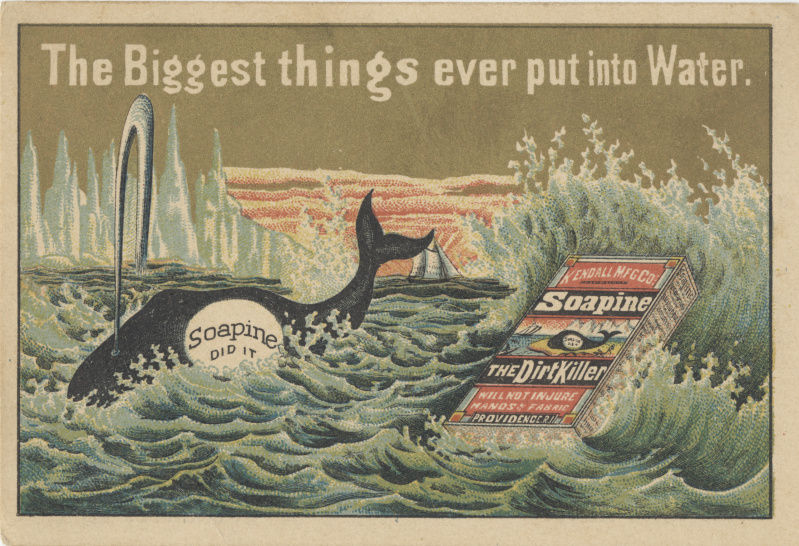The Wild and Wonderful History of Trade Cards
- judy083
- Feb 8
- 2 min read
Recently I discovered trade cards. The first one to catch my attention was a trumpet flower girl. She reminded me of my childhood when I would flip flowers upside down so they looked like elegant women in extravagant ball gowns.

As I drifted further down the trade card rabbit hole which became more like a rabbit warren burrowing into numerous websites, I was struck by how they were such a strong precursor to the ad industry that I joined in the 1980’s. (Yes, I am that old.)

Trade cards were small pasteboard cards colourfully printed with a company’s name, address, and an eye-catching image to stick in the customer’s mind. They were among one of the more interesting advertising strategies of the mid 19th century. The image didn’t even necessarily tie in with their product or business. So you might see an image of a goat promoting thread or an elephant promoting castor oil. They even had stock cards with blank spaces that any company could imprint their information on.

By the mid-1870s multicolour trade cards had fully emerged as a popular form of advertising for a wide variety of manufacturers and retail establishments, stimulating and growing the printing industry.
Trade cards proved extremely popular with the public. Distributed by businesses of every kind, from thread to stoves to tobacco and medicine, they were often inserted into product packaging as a prize or bonus. Color printing was still very much a novelty, and the cards were valued for their radiant images and people began to actively collect trade cards, frequently mounting them in albums and scrapbooks.
By 1900, new developments in printing technology enabled large-scale colour printing in magazines and other publications. As colour printing became commonplace, the novelty of trade cards quickly faded. The once-valued and frequently browsed albums were stored away in attics, and with a few exceptions the age of the trade card came to a close.
I am really enjoying reimagining trade cards as postcards that can be widely shared. Some I barely touch while others I combine into completely new illustrations like a series I recently completed that promote different hiking trails and areas near to where I live.

Comments